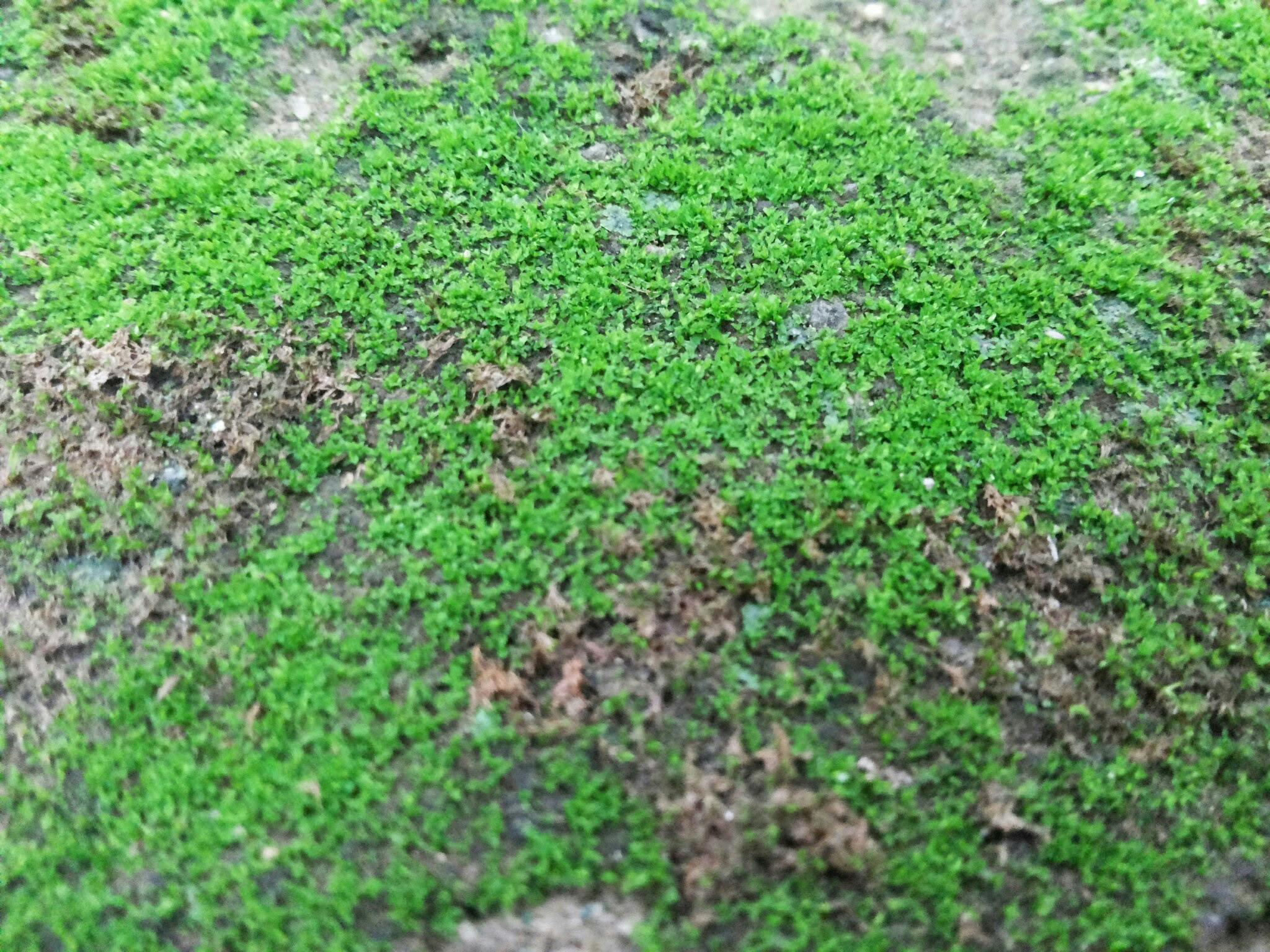By: Gordon yang
Moss can live on Earth, but can it survive on Mars? Chinese scientists have now discovered a type of moss that might.
Syntrichia caninervis is a moss that can remain alive on the red planet. Chinese scientists say that it can survive in very harsh weather conditions, like remote areas such as Death Valley, Iceland, Antarctica, and the Atacama Desert.
Professor Stuart McDaniel, an expert on moss said: “This paper is exciting because it shows that desert moss survives short exposures to some of the stresses that are likely to be found on a trip to Mars, including very high levels of radiation, very cold temperatures, and very low oxygen levels.”
No life has been found on Mars yet. Cumulative evidence says that maybe microorganisms may have been able to live there, but presently, nothing indicates a sign of life. Four sources of water have been found on the planet. They are from the atmosphere, in the ice caps, and in the subsurface. Some people even say that a pool of water was trapped on Mars.
Mars may seem hot, but it’s not. Don’t let the red sand and volcanoes fool you — Mars is actually pretty cold! The Earth is closer to the sun by 50 million miles, which means Mars gets less light and warmth. Earth is the third closest planet from the sun, while Mars is the fourth planet from the sun. Then follows Jupiter, Saturn, Uranus, and Neptune.
No humans have set foot on Mars, but it could happen. “We are advancing many technologies to send astronauts to Mars as early as the 2030s. Here are six things we are working on right now to make future human missions to the Red Planet possible,” says NASA.
Image Credit by Digital Buggu











